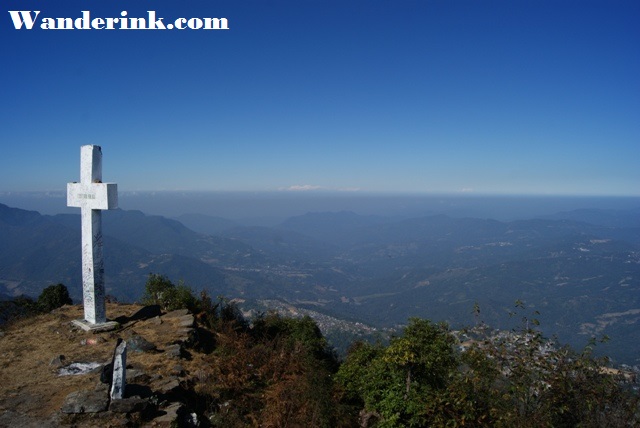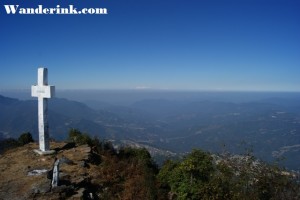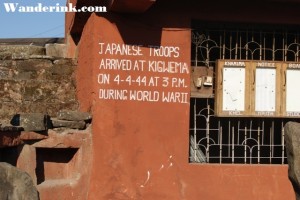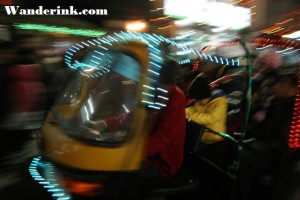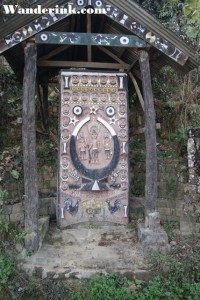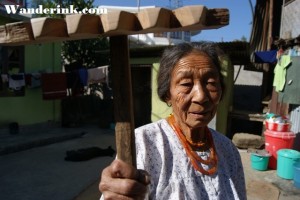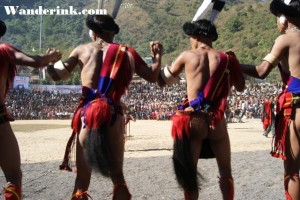A murder and a rape within the span of a week are not that random when the victims of both incidents are from the Northeast. Denying there is racial discrimination in Delhi would be a monolithic bluff like calling the Commonwealth Games a ‘grand success’. On the upside citing deep-rooted hatred, fear and insecurities as reasons would be a bigger bluff – with farther-reaching ramifications – like justifying the Yamuna landfill with a bus depot. There are no dearth of help centres, support groups, university departments and even a dedicated government ministry all of which have been around for ages with mandates ranging from ironing out cultural creases, – primarily offshoots of migrating to mainland – ensuring legal assistance, financial aid, grants and even help in securing college admissions.
How much they have achieved from what they set out to is clear from the senseless killing of Nido Tania, son of an MLA from Arunachal Pradesh, in Lajpat Nagar a week ago; the protests were still at an angry apogee when a 14-year-old girl was assaulted and raped by her landlord’s son in Munirka. How much ground these centres and ministries have covered can be illustrated with another darkly funny episode: A medical college student from Shillong who approached the police to file a complaint against a stalker was ‘advised’ to report to her embassy. For many of our law-keepers, Shillong is ‘Ceylon’; Assam has been ‘Siam’ for a while now. God forbid Arunachal Pradesh doesn’t become ‘China’ anytime.
As tensions mount, condemnations fly thick and suspicions become second skin, ephemeral mollifications doled out and pointless psychoanalyses bandied about, it is probably time to give tourism a chance. Though a hotly debated premise, the power of tourism to promote international peace is widely acknowledged; a very sturdy starting block for taking commendable strides in the general direction. It is true that in the case of traditionally warring nations, there are many stronger sentiments at stake which override curiosities or admiration, even trade compulsions. The Srinagar-Muzaffarabad peace bus service must be among the most-interrupted bus services; the latest roadblock being a cache of brown sugar found in the possession of a bus driver with ‘diplomatic immunity’.
The UN World Tourism Organisation (UNWTO), a specialised vehicle of the UN which deals with tourism, is an avid believer of tourism as an instrument of peace. In ‘Global Code of Ethics for Tourism’ (1999), it states ‘…through the direct, spontaneous and non-mediatised contacts it engenders between men and women of different cultures and lifestyles, tourism presents a vital force for peace and a factor of friendship and understanding among the people of the world.’ There is even an IIPT – International Institute for Peace through Tourism – a not-for-profit which aims to ‘foster and facilitate tourism initiatives which contribute to international understanding and cooperation, an improved quality of environment, the preservation of heritage and through these initiatives, helping to bring about a peaceful and sustainable world.’ The premise for both is neither lofty nor Utopian, but very simple: Why can’t the world’s largest industry become the first ‘global peace industry’?
Bringing the police under state purview in Delhi might mean speedy redress. Or might not and just add to the usual turf-tangles which have already cost many lives. Either way, there has to be stringent laws against racial prejudices enforced with better zeal. And the ongoing ‘dialogue’ – culture packed as textbook lessons and seminar discourses – should be taken to the next level. A newspaper quoted a professor at the Centre for the Study of Discrimination and Exclusion, JNU, on the need to ‘increase the visibility of the people from the North-East in all walks of life’. While there is nothing wrong with their statistical visibility – the ‘chinkies’ are as everywhere as the ‘gujjus’ or ‘mallus’ or ‘surds’ – what has to be corrected is the way they are seen. And ‘efforts’ at ‘mainstreaming’ them. Case in point: The attempt by Delhi University authorities last year to introduce a compulsory paper in Hindi, or any other ‘Modern Indian Language’, as part of the foundation course for under-grad programmes. The list of 22 MILs included Bodo, Assamese and Manipuri from the Northeast region; not a single college under the university had the faculty to teach any of these. The move – which had to be aborted eventually following widespread protests including several violent clashes with the police by the Northeast students – can be reasonably cited as another instance of deliberate alienating. When propagated by ‘enlightened’ sources, such acts are akin to cultural vandalism. A National Geographic expedition three years ago discovered Koro, a ‘hidden’ language in Arunachal Pradesh, spoken by around just 1,000 people, on the verge of extinction. According the Natgeo project, ‘Enduring Voices’, the Northeast is a hotspot of language diversity. Are there any lessons to be learnt here?
To bring about a commendable change in the way they are seen, there has to be more than just ‘dialogues’ – there should be action. Real change stems from better understanding – of culture, tradition, heritage and lifestyle which comes only from the kind of interaction tourism can bring. Northeast tourism today is in criminal hibernation most part of the year, letting out a stifled yawn probably as Hornbill approaches. The region shares about 4,500 kilometres with Tibet, China, Bhutan and Bangladesh and is one of the most ecologically, ethnically and geographically diverse regions in the country. From the wildlife sanctuaries of Assam to the festivals and fairs of Nagaland, the legendary monasteries of Arunachal to adventure activities of Sikkim, the cultural delight that is Manipur to the record rains of Cherapunjee (or Mawsynram) in Meghalaya, the Northeast should be an itinerary in itself. The region has the potential to attract tourists by dint of this amazing diversity; promotional activities should not hinge on government-sponsored concessions and freebies.
One general criticism the Northeast faces is lack of tourism infrastructure. Turn this paucity around on its head and market this region as god-sent for the experiential traveller which it is. Campaigns should target this growing niche (the high-margin luxury travel will not be a reality in the Northeast for many years to come). Thus homestays will be at the core of all travels into the region. Staying with the locals goes a long way in understanding the people and their ways of life. Besides the Hornbill, the Monastery Festival of Arunachal (January), Autumn Festival of Meghalaya (October), Kang Chingba of Manipur (like the Rath Yatra of Puri, in July) are some other festivals which has the potential to make the Northeast a year-round tourist destination. If packaged and promoted right, these festivals will not only increase tourism to the region but also enhance local pride and warmth towards ‘outsiders’ – an emotion that will be reciprocated elsewhere.
Click here for a ‘slice of the geographically diverse, dynamic, adrenaline-packed, panoramic Northeast. This is one episode of a seven-part series I wrote and directed for a travel channel.


